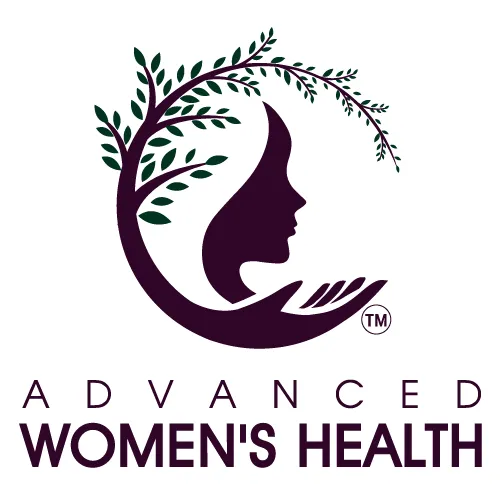Histamine and your PMS, the missing link?!
Tis the season for those fall allergies… and PMS? Have you noticed that your PMS is worse during allergy season? It’s not just a coincidence, turns out histamine can be a sneaky neurotransmitter playing a role in how you feel that second half of the month.
But let’s back it up for a moment, what the heck is histamine? For most people, when we talk about histamine their mind directly goes towards allergies. We think of pollen or ragweed season and as a result getting a runny nose, nasal congestion, watery eyes. We take “anti histamines” during allergy season to help alleviate some of these symptoms by blocking how histamine can bind to its receptor. However, we have different types of histamine receptors throughout our whole body! Histamine plays a role with sleep, mood, our heart, blood flow, temperature, stomach acid production, digestion, skin, our pelvic cavity and more.
But where does histamine come from?
Histamine is part of our immune system, but it has a strong connection to our hormones.
Mast cells are a type of white blood cell, one of our immune cells, with tons of different receptors that can bind different things and trigger the release of its contents, histamine being one of them. When we are specifically talking about our hormones, mast cells have a receptor for one of our reproductive hormones, estrogen.
When we think about our menstrual cycle, we want to think about what our hormones are doing at different parts of the cycle, and what may influence how we feel these hormonal shifts. When we think about a typical cycle, our cycle day 1 begins at the onset of menses. Our hormones are relatively pretty low at this time, but as the body prepares for ovulation we start to see some hormonal changes, including an increase in estrogen. This peak in estrogen is extremely important, as it triggers the LH surge which is needed to kick the egg out of its follicle for ovulation. What we can see is that in some women when we see this surge in estrogen, we can also see a surge in histamine. A surge in histamine can then also signal to the ovaries to make more estrogen, and we get stuck in a dysfunctional loop. This can then throw off the symptoms we experience in the second half of our cycle, called the luteal phase, and how we experience the hormonal fluctuations that occur in that second half of the cycle, which typically is dominated by the hormone progesterone. In someone whose histamine bucket is already full, this extra histamine overload is enough to aggravate PMS symptoms and mood changes in that second half of the cycle.
How do I know if histamine is playing a role in my PMS?
There are some keys that we can look for when assessing what factors may be influencing your PMS symptoms:
- Breast tenderness: Elevated histamine levels can cause breast tissue to become more sensitive, leading to pain and tenderness.
- Mood swings: Histamine can affect neurotransmitters in the brain, potentially contributing to mood swings and irritability during the menstrual cycle. In some instances, this can be quite significant mood changes that can play a role in PMDD.
- Headaches: Histamine can trigger headaches or migraines in some individuals, and this may show up as headaches or migraines, notably if you notice a pattern to the timing or worsening of headaches/ migraines before your cycle.
- Bloating: Histamine can influence gut motility and contribute to gastrointestinal discomfort and bloating, as well as changes to bowel movements.
We also screen for other general symptoms of histamine intolerance including but not limited to a history of allergies, nasal congestion, motion sickness or vertigo, heart palpitations, cold/ heat intolerance, skin changes including itchy skin, flushing or hives, heavy/painful cycles and an intolerance to wine or alcohol. These symptoms, in addition to when your PMS symptoms start all give us clues if histamine may be a factor impacting your PMS symptoms. It’s also interesting to note that as estrogen levels become erratic in perimenopause, we can see a dramatic change as well with how histamine is involved, and the symptoms a women may experience during this period of life.
Hormones and histamine have a very close link, especially in relation to estrogen. If your histamine bucket is full, you may not tolerate estrogen fluctuations seamlessly. This response varies significantly from individual to individual, so diving into your personal health history is a key in determining whether this could be a factor for your PMS.
Personalized recommendations for supporting the connection between estrogen and histamine may include specific supplements to help stabilize the connection between histamine and our hormones, taking a deep look into gut health as this can impact our body’s ability to metabolize histamine + and may also contribute to histamine overload with certain bacterial overgrowths as well as short term dietary modifications to help lessen the “histamine load”.
If any of this sounds familiar, we can help you to better understand this connection, as well as provide targeted support so you can feel like yourself at all weeks of your cycle.
References:
PMID: 2068891
PMID: 2242003
PMID: 26377947

